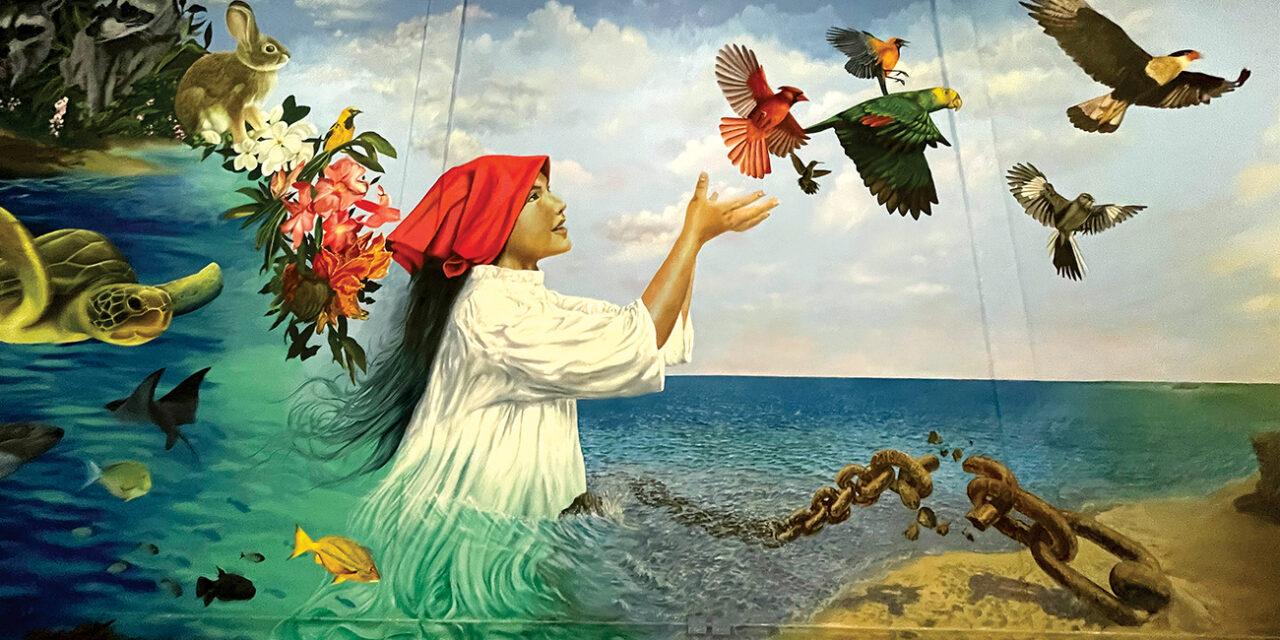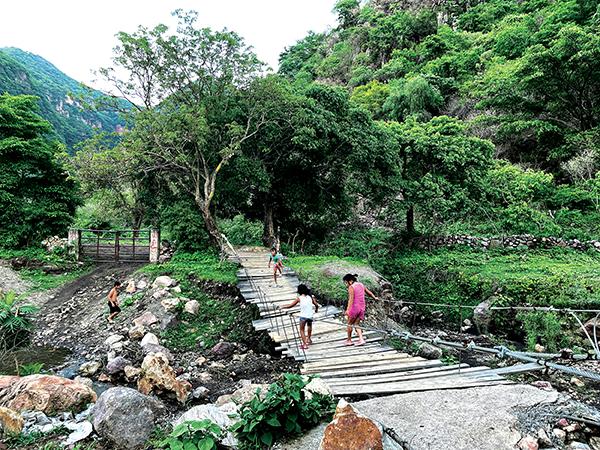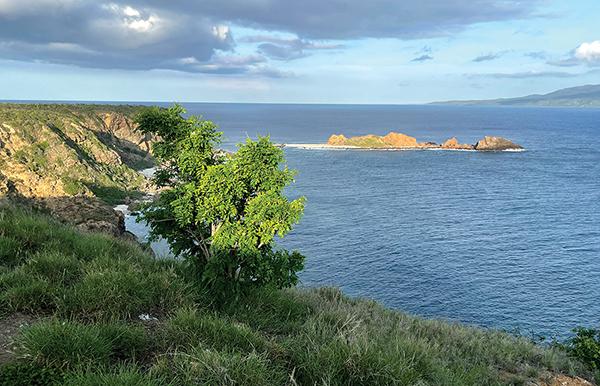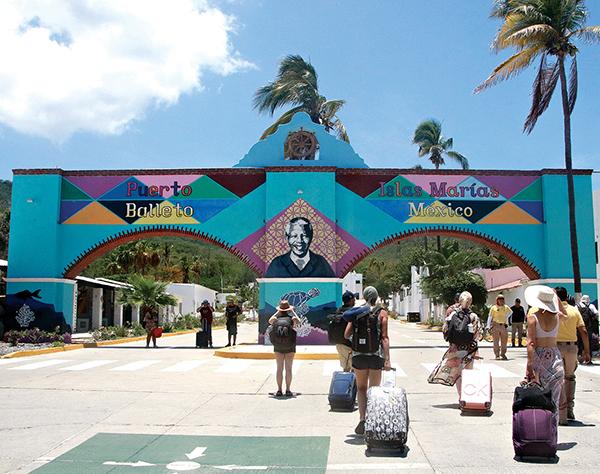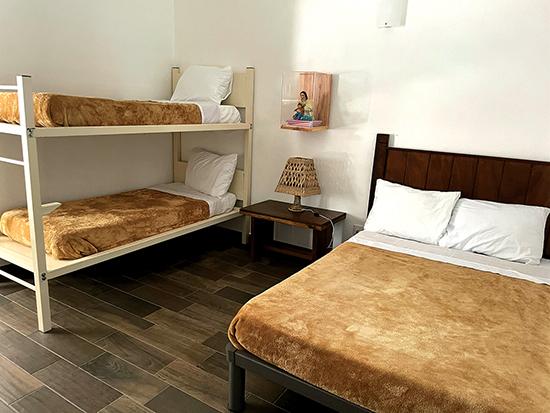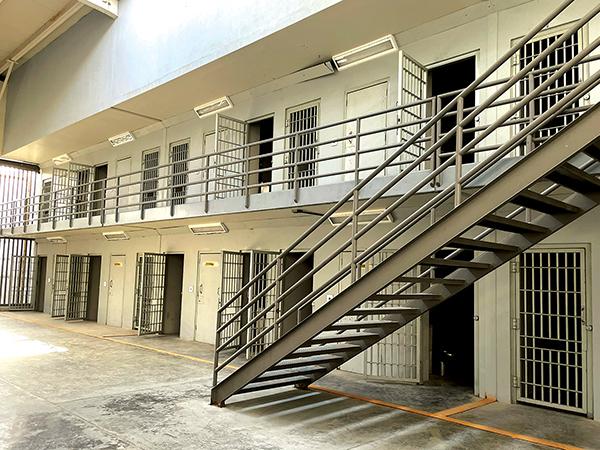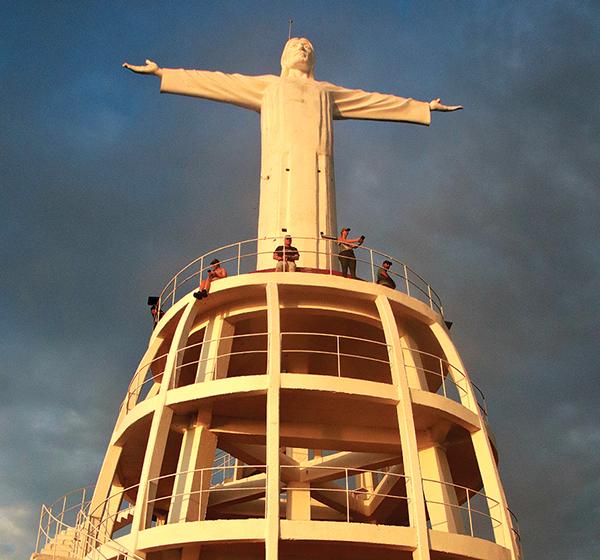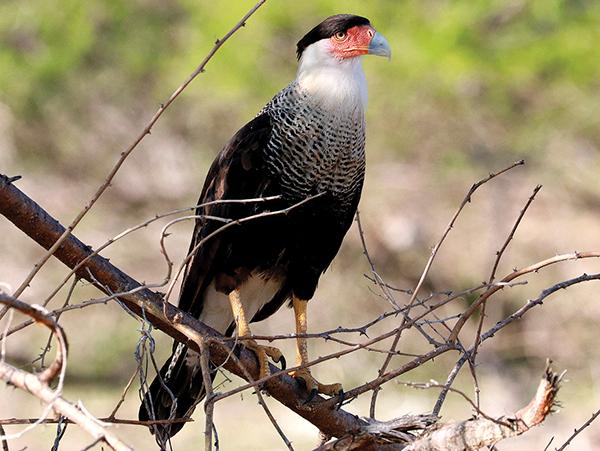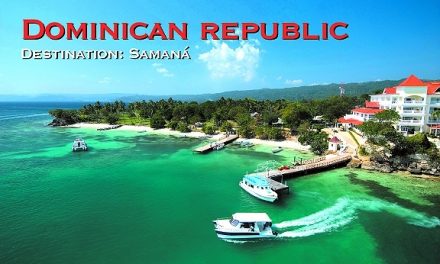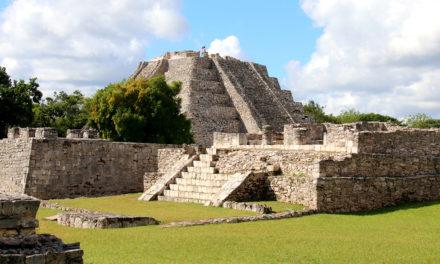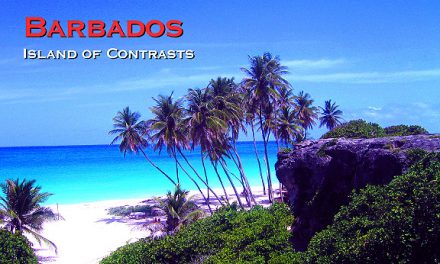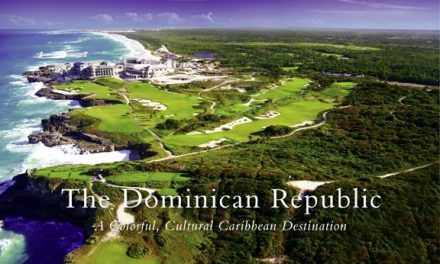Mexico
Nayarit, Mexico: Engaging with Nature in Jomulco, Islas Marias, and San Blas
Article and photography by Steve Gillick
Brandon and Aaron live in the town of Jomulco. When they’re not in school, the cousins, ages 10 and 8, walk 30 minutes to the waterfall, carrying a tray of snacks to sell to locals and tourists. Their small dog, Salchi, happily accompanies them, even when they climb the slippery rocks of the waterfall to refresh themselves during the day’s heat.
Jomulco is literally down the street from Jala, one of Nayarit’s nine Pueblos Magicos (Magical Towns). But Jomulco has a unique charm all its own. Not far from the town square, a dirt road ends at a farm where three curious horses seemed to know who to approach to have their muzzles patted. From there, it was a wobbly stagger on the short, broken suspension bridge across a creek and amidst the mountains to a nature trail leading to the waterfall, about 20 minutes away.
As locals and tourists enjoyed the refreshing waters, Brandon adopted a thoughtful pose when asked what he liked about living in Jomulco. He explained that aside from the annual corn festival parties, he loved nature, especially the waterfall and the mountain views. And aside from Jomulco’s postcard mountain sunrises and sunsets, the sight of Ceboruco, an active stratovolcano looming over neighboring Jala, is something to behold.
Nayarit is ideal for travelers looking for ‘destination-nature-engagement’, a prime motivation for travel in the 2020s. Certainly, we were ready to further connect with nature when we journeyed to San Blas, a Magical Town on the Pacific coast, and boarded the Islas Marias II ferry to explore Nayarit’s emerging tourism-nature destination, the Maria Islands.
The 130-kilometer (80 miles), 3 ½ hour crossing was highlighted by views of the Pacific Ocean stretching across the horizon. Occasionally, a pod of Pacific bottlenose dolphins rode the waves alongside the ferry, and eventually, the distant archipelago of islands (San Juanito, Maria Cleofas, Maria Magdalena, and Maria Madre, the only populated Island, gradually came into view. Meanwhile, a screening of the 1951 movie Islas Marias in the indoor lounge provided a glimpse of the dreaded penal colony, nicknamed “The Pacific Hell”.
And that dread was the impetus for Roberto Camacho, one of the passengers and a retired electrical engineer from Mexico City, to be drawn to the islands. He saw the movie “Islas Marias” as a child and grew up wondering how these isolated islands could be dedicated to suppression. “I wanted to see it with my own eyes. The islands captured my attention…so many suffered and died”.
María de Montserrat Zárat Varela, one of the tour hosts, noted that people were curious about the islands because “No one has been here unless you were a prisoner”. But this changed in 2019 when President Andrés Manuel López Obrador ordered the Islas Marias Federal Prison Complex closed. As the islands had already been designated a Biosphere Reserve by UNESCO in 2010, a new chapter in their life seemed to have been pre-ordained. On December 16, 2022, Isla Madre was opened as a tourist complex.
When we docked at the Pier in Puerto Balleto, recently added to Nayarit’s list of Magical Towns, the passengers lined up to disinfect their shoes, and the luggage was also sprayed to avoid introducing species that might pose a risk to the fragile environment.
Accommodation was at The Hostal. Inside each room was a small table, chairs, coffee maker, dishes, refrigerator, a double bed, bunk bed, and a washroom with a shower. Thankfully, the room was air-conditioned. The outside temperature was 31C (88 F), but the humidity elevated this to over 40C (104 F).
It should be noted that this is an adventure experience, not a luxury outing. The ‘all-inclusive’ package includes the return ferry ride, basic accommodation, simple buffet meals, and guided tours on foot and by bus. Visitors can expect that it will be sweltering, that swimming at the beach (Chapingo) is a one-time, 3-hour scheduled event, and that many areas of the Island are off-limits.
Nevertheless, a positive visitor experience involves a spirit of adventure, a fascination to learn about the Island’s notorious past, a love of incredible scenery at the Christ Statue, the Lighthouse, and the lookouts at Chapingo and Punta Halcones, and the allure of seasonally sighting global and endemic species on land, in the air, and in the ocean: whales, sharks, manta rays, sea turtles and dolphins.
Our knowledgeable and personable guide, Fernando Rivera, was one of the Protectors of the Biosphere, a team of Marines assigned as Island tour guides. He brought us to the Visitor’s Center, where the dream-like mural “Suñeos de Libertad” (Dreams of Freedom) depicts an indigenous girl releasing endemic species, including red/orange Cardinals, red-billed Hummingbirds, Crested Caracaras, Hooded Orioles, and yellow-headed Parrots. There are also Tres Marias Cottontail rabbits, raccoons, wild goats, and iguanas. In fact, the logo of Islas Marias displays a rabbit and a parrot, both of which can be easily spotted.
Highlights of the daily tours included The Pier, where each ‘new rope’ of prisoners (bound by ropes or chains) disembarked. This is also the place for sunset ocean views by the Islas Marias sign. Across the street, near the handicraft stalls, is the colorfully painted Mandela Arch, which commemorates Mandela’s life and his 18-year imprisonment on Robben Island. At the Panteon or cemetery, Fernando told the story of the Jesuit priest Juan Manuel Martinez Macias, known as Padre Trampitas (Priest of the Tramps), who befriended El Sapo (The Toad), an infamous serial killer. The two friends are buried next to each other.
La Reserva, the Museum, covers the islands’ history from the arrival of the Spanish Conquistadors in 1532 to the Penal Colony that existed in several stages from 1905-2019. The ‘Pacific Hell’ was known for extreme temperatures, harsh living conditions, and inhumane treatment.
Personalities showcased in the Museum include twice-imprisoned José Revueltas, the political activist and author of Los muros de agua (Walls of Water), based on his prison experience.
For many, though, the main curiosity on this trip is the maximum security prison built in 2011 to incarcerate cartel leaders and dangerous offenders. When the prison population increased from 2,000 to 8,000, critical food, water, and medical supply shortages led to its formal closure in 2015. Today, visitors explore the depressing, tiny, gray prison cells.
Still, the Biosphere Reserve’s nature experiences are rousing. At 5:00 a.m. one morning, we climbed the 1.5-kilometer (1-mile) trail to the monument of Christ The Redeemer, a huffing, puffing hike. The following day, at 5:30 a.m., we took a shorter uphill path to the Lighthouse. Both climbs offered magnificent panoramas of Puerto Balleto, the beach, and the mountains.
On the third day, we boarded the ferry to return to San Blas, and that afternoon, we took a boat tour of the mangroves. Photographs encompassed 360 degrees of spectacular sunset scenery, Boat-billed Herons, Black vultures, Anhingas, and Green Herons, including an over-the-water nest full of curious chicks. It was as if Nayarit released a final display of nature to conclude our stay in the state.
Nayarit offers so much more than stunning resorts and blissful beaches. Interacting with Nayarit’s extraordinary nature and absorbing history is a creative and meaningful way to add value to a holiday in Mexico.

